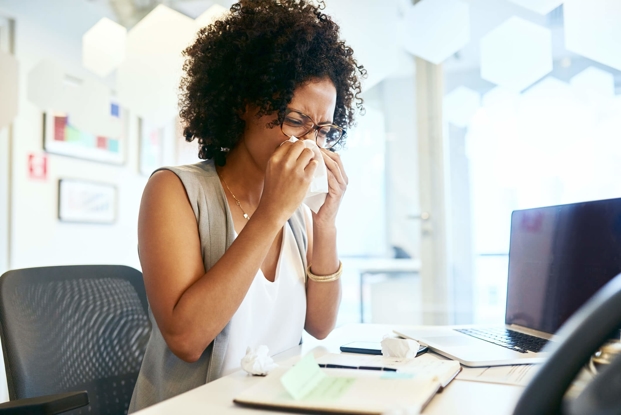Safe Sleep for Babies
- Category: Living Well
- Posted On:
- Written By: Tanya Robinson, RN
Safe Sleep for Your Newborn
The birth of your baby is one of the most exciting events in your life. The more knowledge you have prior to the baby’s arrival, the more confidence you will have as you transition to home with your newest family member. One of the most important infant safety practices is establishing safe sleep for your baby. This includes both a safe sleep environment and correct sleeping position.
Newborn Sleep Patterns
Most infants wake up every 2-3 hours for feedings until 6 to 8 weeks of age. Each baby tends to establish his own pattern of newborn sleep. Some babies sleep after feedings and some take only brief, occasional naps.
Nighttime sleeping patterns will change between 4-8 weeks of age. The majority will start sleeping through one or two nighttime feedings, allowing for 5-8 hours of uninterrupted sleep. You should plan your rest and nighttime sleeping periods to match your baby’s.
Reduce SIDS Risk with Safe Sleep
In Louisiana, approximately 80 babies die each year from Sudden Infant Death Syndrome (SIDS), which is the broad medical term for sudden, unexplained deaths of infants before they reach their first birthdays. SIDS occurs when otherwise healthy babies die in their sleep for no apparent reason.
These deaths are often related to an unsafe sleep environment, and all new mothers and their families need to understand the importance of placing infants in a safe sleep environment to Reduce SIDS risk.
Ensure your baby is in a safe sleep environment positioned on his or her back for sleeping.
> Click here for more on safe sleep for your baby.
What is a Safe Sleep Environment?
The American Academy of Pediatrics (AAP) recommends several actions related to creating a safe sleep environment for infants. AAP’s recommendations include:
- Placing the baby on his/her back to sleep for every sleep
- Using a firm sleep surface
- Sharing the room, but not the bed
- Keeping soft objects and loose objects out of the crib
Safe Sleep Position for Babies
Sleeping on back (face up) is recommended for infants to reduce the risk of SIDS. Side sleeping is not safe and is not advised. Once an infant can roll from the face up to face down and vice versa, the infant can be allowed to remain in the sleep position that he or she assumes.
> Click here to learn more about safe sleep.
Bedding
While there is an array of beautiful crib bedding and accessories to choose from, parents are advised to avoid placing loose and potentially hazardous items in the crib. This includes pillows, quilts, comforters, sheepskins, and other soft surfaces when placed under the infant or loose in the sleep environment. Wedges and positioning devices, as well as bumper pads and similar products, are not recommended.
Tanya Robinson, RN, graduated from nursing school in 1987. She has extensive experience in the field of nursing including pediatrics, well-baby nursery, NICU, and post-partum as well as adult med-surg and ICU. Tanya has worked at Touro’s Family Birthing Center for almost 16 years and serves as Director of Touro’s Postpartum Unit, Well-Baby Nursery, and Lactation Center.
Click to learn about Touro’s childbirth and parenting classes.


